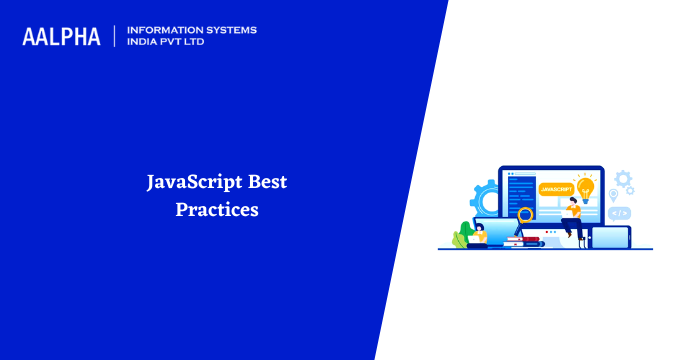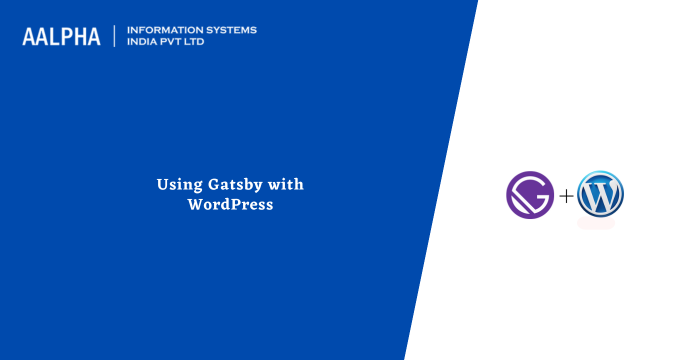Adhering to JavaScript best practices may assist in achieving quicker page loads and improved performance, improve code readability, and simplify maintenance and troubleshooting. Carefully written code may also help reduce mistakes and security vulnerabilities, particularly when combined with real-time diagnostic tools like JavaScript error monitoring. This article will examine a few JavaScript practices for front-end development.
Best Practices of JavaScript
-
Adhere to a JavaScript code style standard
Utilizing a coding style guide is critical when working in a team environment with several developers on the same project. As Idiomatic JavaScript puts it, “all code in any codebase should seem as though it were written by a single person, regardless of the number of contributors.” Whether you construct your style guide or utilize one provided by another developer, consistent code is simpler to understand, write, debug, and manage.
-
Give variables and functions meaningful names
Make it simple for everyone who works with your code to comprehend the names of your variables, functions, and other code structures. Avoid using either too short or too lengthy names and ensure that they accurately indicate their intended usage.
Additionally, JavaScript is a case-sensitive language. Since camel case capitalization is the most often used name scheme in JavaScript programming, you should use lowercase for variables and functions and uppercase for classes and interfaces to improve code readability.
-
Make use of shorthands, but exercise caution with them
JavaScript contains several shorthands that enable you to write code quickly and load your scripts quickly.
Occasionally, though, shorthand’s may have unexpected outcomes. Therefore, always be sure of your actions, consult the documentation, locate appropriate JavaScript code samples, and test the result.
-
Add comments to your code but keep them brief
In programming, commenting is a widespread issue. Sometimes some argue that comments are unnecessary, code without them becomes difficult to comprehend, mainly when working on collaborative or legacy projects. On the other hand, excessively lengthy and verbose remarks are superfluous since they need more time to read and comprehend.
As a general guideline, comment on your code, mainly functions, classes, objects, and interfaces, but provide just the most critical information. Utilize tags to make your comments succinct and straightforward to read.
-
Avoid the use of JavaScript for style.
Separation of concerns (SoC) is a critical JavaScript development approach. Technically, JavaScript enables you to modify the CSS code directly through the style property. However, to facilitate debugging and increase code maintainability, it is recommended to avoid it.
-
Create auxiliary methods for frequently performed activities
Modularization commonly comes up in talks regarding JavaScript best practices. Modularization is dividing huge files into smaller components, a.k.a. reusable modules. While ECMAScript modules and module bundlers such as Webpack assist in establishing such an architecture, it is equally vital to create modular and reusable functions.
As stated in the first SOLID design principle (single responsibility), each function, interface, class, and code structure should have a purpose. One option to adhere to this idea is to create helper functions for frequent activities.
-
Avoid developing superfluous classes
Another current subject in JavaScript programming is the use of classes. While JavaScript employs a prototype inheritance model, ECMAScript 6 introduces the class syntax to enhance code readability. It is sometimes referred to as “syntactic sugar” since it adds no new functionality and, as stated in the MDN Docs, behind the hood, classes are “transformed into Prototypal Inheritance models.”
Thus, whether to utilize classes is mostly a matter of opinion and project needs — but if you want to use the class syntax, there are certain JavaScript best practices to follow.
First, you must avoid developing superfluous classes to create a well-structured program. Moreover, classes may be irrelevant for a variety of reasons, including the following:
- Classes that have many purposes (or everything)
- Classes that contain just data (properties) but no methods – attempt to relocate the data to another class.
- Classes that include just activity (methods) but no data (properties) are preferable to build a function in this scenario.
-
Keep an eye out for the absence of hoisting when using classes
Classes are a unique function in JavaScript; however, they do not necessarily act like regular functions, which might cause some difficulty.
Unlike functions, classes, on the other hand, are not elevated. Hoisting refers to how the JavaScript interpreter elevates function definitions to the top of their scope, allowing them to invoke before being declared. However, you cannot use this functionality while dealing with classes.
You must always define a class before calling it; else, an uncaught reference error will occur. Using the Product class as an example:
Conclusion
The JavaScript development techniques outlined before may assist you in writing cleaner, more organized code that is simpler to maintain and debug. On the other hand, creating development code is just the initial stage of the software life cycle.
Even if you strictly adhere to these JavaScript best practices, problems may (and will) arise when your application’s end-users interact with it. To guarantee that your users get the desired experience from your code, you must discover and fix production defects.
To know more best practices of JavaScript, contact web development company.
Also read: Node.js Best Practices | Angular Best Practices




Share This Article:
Written by:
Muzammil K
Muzammil K is the Marketing Manager at Aalpha Information Systems, where he leads marketing efforts to drive business growth. With a passion for marketing strategy and a commitment to results, he's dedicated to helping the company succeed in the ever-changing digital landscape.
Muzammil K is the Marketing Manager at Aalpha Information Systems, where he leads marketing efforts to drive business growth. With a passion for marketing strategy and a commitment to results, he's dedicated to helping the company succeed in the ever-changing digital landscape.